Alexis Gritchenko. Amphitheatre (detail), 1921. BF277. © 2021 Alexis Gritchenko Foundation
Alexis Gritchenko at the Barnes Foundation
By Amy Gillette, Collections Research Associate
July 2021
On January 5, 1923, Dr. Albert C. Barnes acquired a stash of paintings by avant-garde artists during a milestone collecting expedition in Paris.¹ Most of the artists were young immigrants championed by the dealer Paul Guillaume, whom Dr. Barnes had appointed as his “foreign secretary.” Of special note were works by Chaïm Soutine (1893–1943) and Alexis Gritchenko (1883–1977), both artists from the western reaches of the recently dissolved Russian Empire (Lithuania and Ukraine, respectively).
Dr. Barnes bought 14 landscapes by Gritchenko—a series of Mediterranean settings that twined tradition and profound personal expression. Later that month, Guillaume included all 14 paintings in Exhibition of Works Destined for the Barnes Foundation (Galerie Paul Guillaume, Paris, January 22–February 3, 1923). Ten of these canvases appeared again, all with the title Landscape, in the version of the show presented at the Pennsylvania Academy of the Fine Arts in April–May 1923. Guillaume gifted the artist a catalogue from the PAFA exhibition, inscribed: “To Alexis Gritchenko, the Slav from Attica, this salvo of praise for the magnificent, thrice-great artist. May 4, 1923.”²
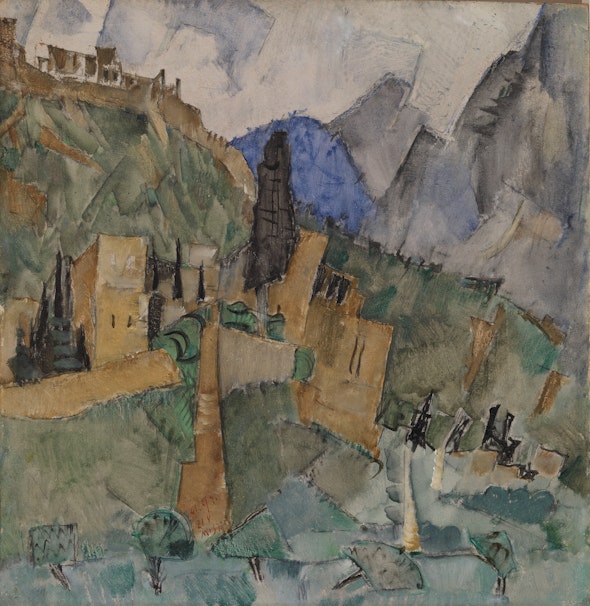
Fig. 1: Alexis Gritchenko. Mistra, 1921. BF415. © 2021 Alexis Gritchenko Foundation
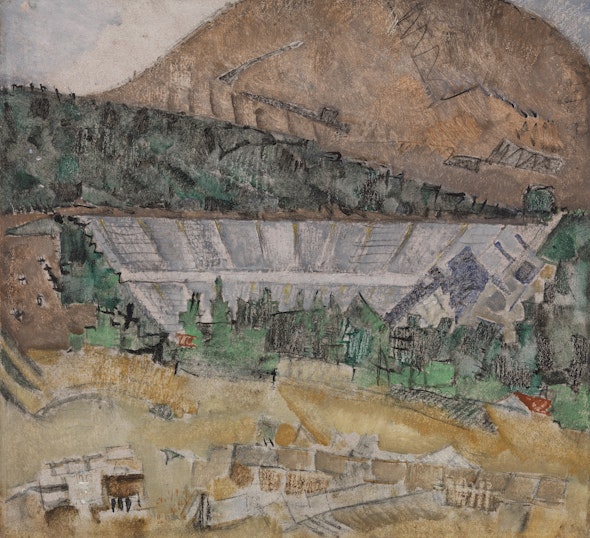
Fig. 2: Alexis Gritchenko. Amphitheatre, 1921. BF277. © 2021 Alexis Gritchenko Foundation
Of the 14 Gritchenko landscapes purchased in 1923, seven are still in the Barnes collection today. All are scenes of Greece and Crete rendered in gouache and/or oil on paperboard, signed by the artist, and dated 1921.
When these paintings entered the collection, their titles simply described the subject matter—Agitated Landscape: Greens and Browns, for example—giving no hint to the specific locations depicted. Happily, new research has allowed us to identify several of the sites. They include the Byzantine city Mystras in the Peloponnese region of Greece, neighboring ancient Sparta, the classical amphitheater at Epidaurus, the gulf and mountains of Corinth, and the bay of Heraklion, Crete (Figs. 1–4).
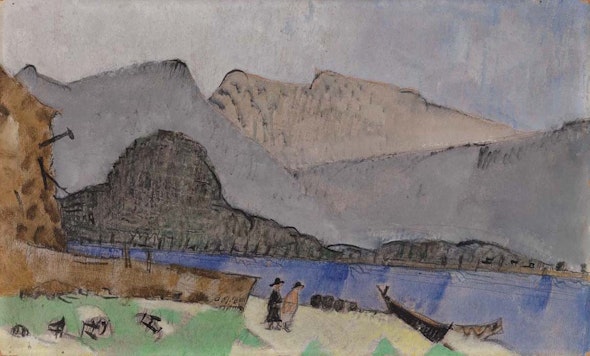
Fig. 3: Alexis Gritchenko. Mountains with Two Figures, 1921. BF2066. © 2021 Alexis Gritchenko Foundation
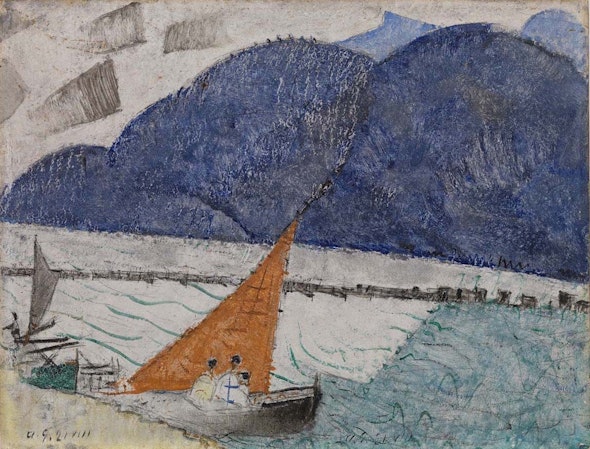
Fig. 4: Alexis Gritchenko. Sailboats, Crete, 1921. BF2541. © 2021 Alexis Gritchenko Foundation
Gritchenko’s path to painting Hellenic landscapes was meandering. He started his studies at the seminary of Chernihiv in Ukraine (1900–1904)—and though he ultimately didn’t pursue holy orders, he sustained a love and sensitivity for holy icons. He subsequently earned degrees in philology and biology at the universities of St. Petersburg (1904–6), Kiev (1906–8), and Moscow (1908–13). While at the University of Moscow, Gritchenko took painting classes at the Russian Doctors’ Society and from there quickly immersed himself in the history and theory of art. He spent part of 1911 in Paris, learning French at the Sorbonne and copying famous works at the Louvre, and in 1913,³ he visited 28 cities in Italy by foot!⁴
Back in Moscow, he taught at the State Art Studios, served on the Commission for the Preservation of Historic Monuments, and, maybe most importantly, built formative relationships with mogul collectors Sergei Shchukin and Ivan Morozov. Both had amassed troves of art by the Nabis, impressionists, symbolists, postimpressionists, Fauves, and cubists—Gritchenko found works by Paul Cézanne and Pablo Picasso particularly stimulating. Morozov also held a rich collection of Byzantine and Russian icons, which Gritchenko catalogued for him.⁵
During these years, the substance and style of Gritchenko’s work took shape from the harmonies he discerned between Byzantine and Russian icons, early Italian painting, and modern art. He wrote two treatises on the topic: Russian Painting and Its Ties with Byzantium and the West (1913), and The Ancient Rus Icon as the Art of Painting (1917).⁶ The former begins with the medieval period and culminates in a comparison of Picasso’s 1912 painting Le Violin to an icon. Gritchenko argues that Picasso had built a “new whole” from the instrument’s fragments, deepening the relationship between the subject and its plastic form, and thereby revealing the violin’s “inner life.” This sense of animation, he said, was critical to holy icons, to show they are “ensouled” with the archetype depicted (the person of Christ or the Virgin Mary, for instance).
The latter treatise evolved from Gritchenko’s work with Morozov’s icon collection and a trip to Italy, where he discovered “a ‘Cubist’ resolution of space and color” in 13th- and 14th-century frescoes and panel paintings by Duccio, Cimabue, and Giotto. Additionally, emergent scholarship on late Byzantine architecture by Gabriel Millet and Charles Diehl prompted Gritchenko to refine his ideas by seeking common sources for Russian and Italian art in the mosaics and frescoes of famous sites, like the Kariye Camii (Chora Monastery) in Istanbul and its aesthetic successors in the monuments of Mystras.⁷ It’s worth noting that these publications register a perceived need to legitimize the art of Byzantium through that of Italy.
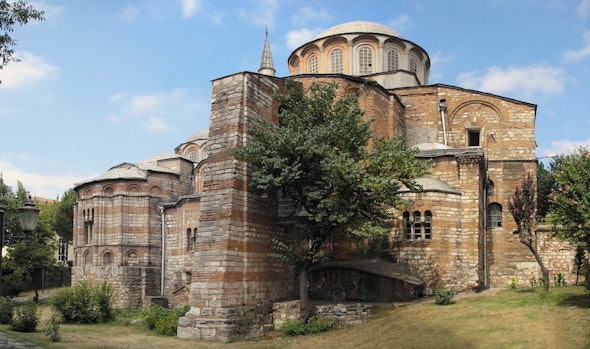
Fig. 5: Rear view of the Kariye Camii (Chora Monastery), Istanbul, 2007. Public Domain.
In February and October of 1917—the same year Gritchenko published The Ancient Rus Icon as the Art of Painting—political revolutions radically altered cultural life in Moscow, resulting in the seizure and nationalization of Shchukin’s and Morozov’s art collections.⁸ Gritchenko fled Russia in fall of 1917 and evidently set about manifesting in his own paintings the theories he’d expressed in his treatises. He settled initially in Constantinople, Byzantium’s historical heart and the seat of the Ottoman Empire from 1453 to 1922.⁹ Here, the artist created scores of watercolors and gouaches of sacred spaces and street scenes.¹⁰
Thanks partly to reading Millet and Diehl, he was enraptured with the Kariye Camii, a 14th-century church and chapel designed by the eccentric scholar-statesman Theodore Metochites, in apparent accord with his own mannered literary style (Fig. 5).¹¹ The jangled planes of this Gritchenko watercolor animate its undulating domes, multicolor masonry, enormous flying buttress, and Ottoman minaret; the four patchy clouds seem to share the building’s spirit. The Byzantine architectural scholar Robert Ousterhout has described the Kariye as “a series of interlocking spaces in which architectural forms and decoration fit together. . . . We are led—personally, experientially, from one space to the next by narrative, gestural, and architectural connections”; it is perhaps no wonder that Gritchenko formed a personal bond with the building that surpassed its scholarly acclaim.¹² Be that as it may, his friendships with Byzantinists were only beginning. In 1920, 66 of Gritchenko’s Constantinople watercolors were purchased by Thomas Whittemore, the American archaeologist and collector in charge of restoring Hagia Sophia.¹³

Fig. 6: View of Mystras, Greece. Photograph by Ed89, distributed under Creative Commons Attribution-Share Alike 2.5 Generic license.
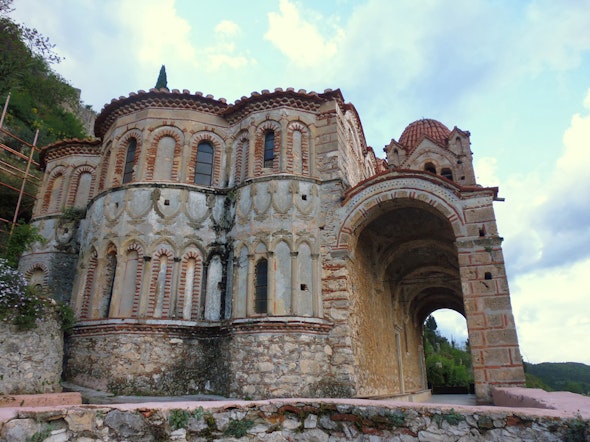
Fig. 7: Pantanassa Monastery, Mystras, Greece, 2017. Photography by Meltedrainbow, distributed under Creative Commons Attribution-Share Alike 4.0 International license.
Gritchenko used proceeds from the Whittemore sale to travel to Greece and Crete in 1921, the period in which he created the paintings acquired by Dr. Barnes. It seems that the site of Mystras moved him to integrate the expressive, cosmopolitan aesthetic of late Byzantine fresco painting with the modernist analytical approach he’d already mastered.¹⁴
Mystras was first settled around 1250 by the crusader William II de Villehardouin, ruler of the Frankish principality of Achaea (Fig. 6). After the brief period of Crusader rule, it became the capital of the Byzantine Despotate of the Morea, governed by members of the Byzantine imperial family; the building visible on the ridge of the hill in Mistra is the Palace of the Despots. The city became a major center, linked culturally and economically to Constantinople and the Mediterranean sphere and linked, through intermarriage, with the courts of Western Europe, until its takeover in 1460 by the Ottoman Empire.
In 1921, Gritchenko—echoing his absorption in the Kariye—now immersed himself in the 15th-century church of the Pantanassa Monastery, home to a community of nuns who to this day offer hospitality for visitors and colony of cats (Fig. 7). His watercolor simultaneously integrates the church into Mystras and makes it the dominant feature. The church reads as a microcosm of the city’s visual culture, between the Italianate bell tower, the Gothic-style festoons and lancet window frames embellishing the apse wall, and the exquisite late Byzantine fresco program.¹⁵ Gritchenko wrote to Whittemore, “Every morning I went to [the Pantanassa] for an hour, worked, enjoyed myself in solitude, and made copies of the frescoes. I’d climb the ladder and examine fresco after fresco on the high pilasters.”¹⁶ He added that the nuns scolded him for this practice.
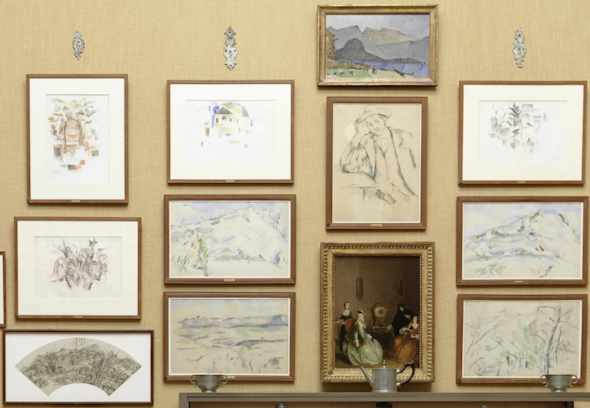
Fig. 8: Ensemble view, Room 20, south wall (detail), Philadelphia. © The Barnes Foundation
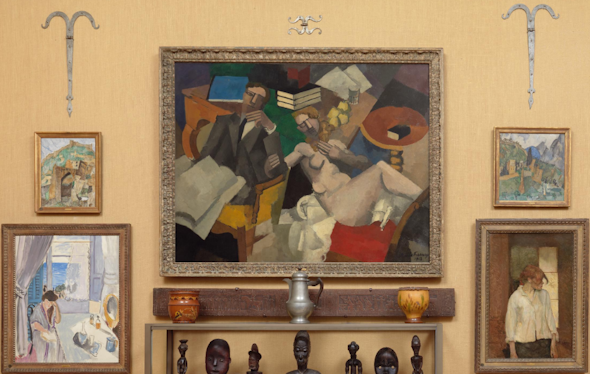
Fig. 9: Ensemble view, Room 22, north wall (detail), Philadelphia. © The Barnes Foundation
When looking at Gritchenko’s paintings at the Barnes, we might notice first that his softly jagged, fractured geometries resemble Cézanne’s views of Provence. In Room 20, Dr. Barnes’s ensemble brings attention to artists’ shared focus on the skeleton of things, the construction of space through geometric shapes, and the pressing of spatial distances onto the frontal plane (Fig. 8).¹⁷
Likewise, in Room 22, he highlighted Gritchenko’s adaption of cubism by placing Mistra and Fortified Town (another view of Mystras) next to Roger de la Fresnaye’s Married Life (1913) (Fig. 9). But Room 22 is also full of art that Dr. Barnes considered Gothic or Byzantine in style, such as a Hugh Mesibov pastel that he named Byzantine Figure (BF2073) (Fig. 10). A look at these paintings alongside Gritchenko’s favorite Byzantine monuments reveals another layer of the artist’s devotion to facture and “inner force.” For example, his scumbled brushwork asserts the materiality of his paint, which appears to glimmer in candlelight, like an icon during an evening service. (Fig. 11). Perhaps, then, his paintings should be considered cubist “icons” of sacred historic sites, imaging forth their living presences as Gritchenko experienced and interpreted them.
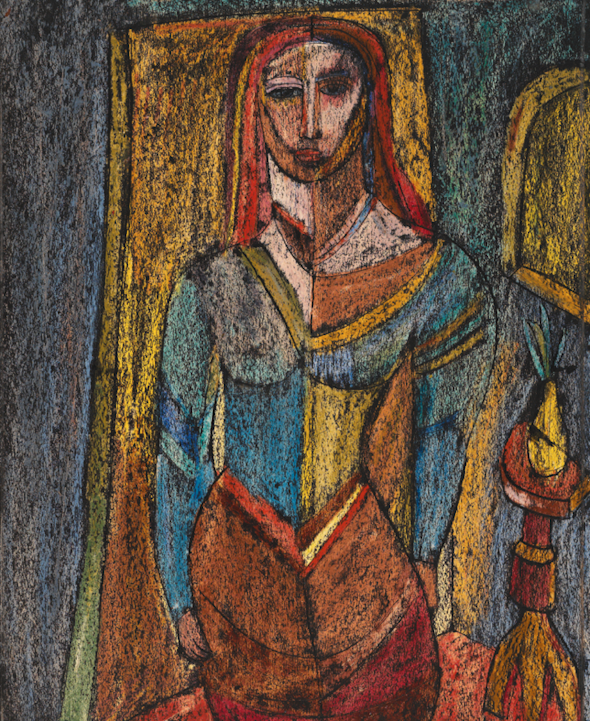
Fig. 10: Hugh Mesibov. Byzantine Figure, 1945–1946. BF2073.

Fig. 11: Detail of brushwork in Gritchenko's Mistra.
Gritchenko once proclaimed that “to purge the ghost of retrospectivism, aestheticism, and decorative pollution” from painting, artists must “review the entire arsenal of painting and disclose the sum of their experience upon a single plane positioned between the artist and the viewer.” His creative blend of tradition and personal idiom appealed to Dr. Barnes both aesthetically and pedagogically.
In January 1923, when Dr. Barnes was in Paris for his watershed purchase of Gritchenkos, Soutines, and other works, he had his new foundation in mind and its goal to “establish a reaction between the qualities common to all human beings” as manifest in “a collection of works of old and modern art” shown side-by-side.¹⁸ A note to Gritchenko from Violette de Mazia, the Barnes’s education director from 1951 to 1987, affirms that Gritchenko’s paintings were good for teaching:¹⁹ It is a unique gift that as Gritchenko embedded his experiences of historical sites in his paintings, Dr. Barnes and his colleagues embedded these works within the new syntax of the galleries, so that we as viewers and students may continue to build new bridges with the paintings through our own encounters here.
Endnotes
¹ President’s Files, Albert C. Barnes. Receipt, Barnes to Paul Guillaume, January 5, 1923 (AR.ABC.1923.155).
² Qtd. and illustrated in Vita Susak, Alexis Gritchenko: Dynamocolor (Kiev, 2017), 143.
³ Susak 2017, 92–93.
⁴ Susak 2017, 92–93.
⁵ See Susak 2017, 69–70, for Russian Painting and Its Ties with Byzantium and the West; ibid., 88–90, for The Ancient Rus Icon as the Art of Painting.
⁶ Gritchenko was among the first to theorize about the links between modernist (specifically cubist) painting and Byzantine art—see Myroslava Mudrak, “Cubism, the Icon and the Ukrainian Legacy of Alexis Gritchenko,” Ars 47.2 (2014), 37. Recent scholars have discussed his own work in the context of medievalisms or Byzantinisms in modern art. See, e.g., Roland Betancourt and Maria Taroutina, eds. Byzantium/Modernism: The Byzantine as Method in Modernity (Leiden: Brill, 2015).
⁷ Charles Diehl, La Civilisation byzantine à l’époque des paléologues (XIIIe-XVe siècle) les monuments de Mistra (Paris: Societé française d’imprimerie et de librairie, 1902); Gabriel Millet, Monuments byzantins de Mistra (Paris: Leroux, 1910).
⁸ The art collections of Shchukin and Morozov remain divided between the Hermitage and Pushkin museums.
⁹ The city was officially renamed Istanbul in 1930.
¹⁰ Gritchenko began using Finnish cardboard while living in Constantinople and painted on a white ground in gouache, tempera, and oil. Susak 2017, 128.
¹¹ The Chora was an ancient foundation, with numerous building phases. Metochites’s work dates to c. 1316–21 and integrates, at its core, the 12th-century church built by the emperor Isaac Komnenos. See Robert G. Ousterhout, The Architecture of the Kariye Camii in Istanbul (Washington, DC: Dumbarton Oaks, 1987); ibid., “Reading Difficult Buildings: The Lessons of the Kariye Camii,” in H. Klein, R. Ousterhout, and B. Pitarakis, eds., The Kariye Camii Reconsidered (Istanbul, 2011).
¹² Ousterhout 2011, 101.
¹³ Gritchenko displayed another 12 paintings at the 1921 Salon d’Automne in Paris, where the machine-loving, cubist-adjacent Fernand Léger requested their placement next to his own works.
¹⁴ One figure who was pertinent symbolically and perhaps historically was the philosopher Gemistos Plethon, who accompanied Emperor John VII Palaiologos to the Council of Florence in 1438–39 and essentially reintroduced the West to the writings of Plato, inspiring (for instance) Cosimo de’Medici to found a new Platonic Academy.
¹⁵ The Pantanassa fresco program adapted those of the nearby Hodegetria (c. 1309–21) and Peribleptos (1365–74) churches—both of which likely drew inspiration from the Kariye. Manolis Chatzidakis, Mystras: The Medieval City and the Castle (Athens: Ekdotike Athenon, 2005).
¹⁶ Alexis Gritchenko. Sa vie, son oeuvre(Paris, 1964), 20.
¹⁷ This ensemble also indicates the affinity that Dr. Barnes perceived between Gritchenko’s landscapes and earlier Chinese ones. He included two of his Gritchenkos in the 1943 exhibition Ancient Chinese and Modern European Paintings at the Bignou Galleries in New York.
¹⁸ According to de Mazia, “Tradition is a live thing, born of reaction to life . . . And, although it embodies the objectified crystallization of a group’s experience, tradition both remains what it has come to be [and] keeps changing through time and place in concert with human development.” In “Tradition: An Inquiry—A Few Thoughts,” Vistas 3.1 (1986): 77–105.
¹⁹ Letter, Violette de Mazia to Gritchenko, 8 July 1953, The Barnes Foundation Archives, AR.CFC.1953.223. Qtd. in Susak 2017, 144. The letter thanked Gritchenko for sending a copy of his 1948 monograph, Alexis Gritchenko: sa vie, son oeuvre. He had also sent Two Years in Istanbul in 1940, and he visited the Barnes with his wife in 1958. Four of the original 14 Gritchenkos ended up in de Mazia’s collection (Mistra, Cypress Trees, A Figure Ascending a Stairway to a Villa, and Three Men Wearing Fezes); another four went to the sisters Nellie and Mary Mullen (Prophets, Mosque, Archway, and Volcano). For de Mazia: The De Mazia Collection 1989, Nos. 19, 20, 26, and 28; for the Mullen sisters: The Mullen Collection 1967, Nos. 71, 72, 73, and 74. The other two were Red Roofs #311 and Yellow House #336 (glass negatives in the Barnes Foundation Archives, AR.PHO.ART.ART.OC.GL). Susak 2017, 144. See Samuel T. Freeman & Co., The Mullen Collection (Philadelphia: The Freeman Galleries, 1967); Christie’s East, Property from the Violette de Mazia Collection, Merion, Pennsylvania (New York: Christie’s, 1989).
